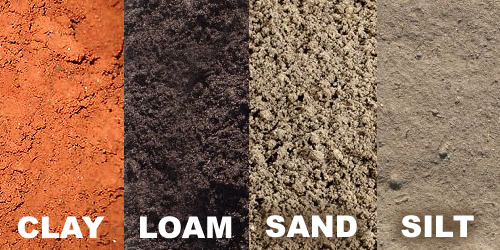Concrete is a durable and widely used material in construction, but over time, it’s not uncommon to see slabs settle or become uneven. Understanding the underlying causes of concrete settlement is crucial for effective prevention and repair.
The Impact of Voids
Voids are empty spaces beneath the concrete slab where the supporting soil has been displaced or settled. These voids compromise the slab’s structural integrity, making it susceptible to cracking and uneven settling. Addressing voids promptly is essential to prevent further damage and potential safety hazards.
Factors Leading to Voids Beneath Concrete
Several factors can create voids under concrete slabs:
-
Soil Erosion: Water movement can wash away fine soil particles, leaving gaps beneath the concrete. Poor drainage or heavy rainfall exacerbates this issue.
-
Poor Compaction: If soil isn’t adequately compacted during construction, it may settle over time under the weight of the concrete, creating voids.
-
Freeze-Thaw Cycles: In colder climates, water in the soil can freeze and expand, pushing the soil apart. When it thaws, it leaves voids where the ice once was.
-
Biological Activity: Burrowing animals or decaying organic material can create underground spaces, leading to void formation.
Soil Types and Their Impact on Settlement

Different soils react uniquely under load:
-
Clay Soils: These soils have small particles and tend to retain water, making them susceptible to significant expansion and contraction. This movement can lead to substantial settling issues.
-
Sandy Soils: Composed of larger particles, sandy soils drain well but are prone to erosion. Without proper stabilization, they can be washed away, creating voids beneath concrete slabs.
-
Silty Soils: These fine-grained soils are prone to erosion and can compact significantly under weight, leading to settlement problems.
Gravity’s Influence
Gravity perpetually exerts a downward force on all objects, including concrete slabs. When the underlying soil is stable and well-compacted, it counteracts this force effectively. However, in the presence of voids or weakened soil, gravity causes the slab to sink into these spaces, leading to noticeable settlement and unevenness.
Sealtite Insulation & Slabjacking’s Approach
At Sealtite Insulation & Slabjacking, we specialize in diagnosing and addressing these issues to ensure the longevity and safety of your concrete structures.
-
Polyurethane Foam Injection: We use high-quality polyurethane foam to fill voids beneath the concrete. This method not only lifts and levels the slab but also stabilizes the underlying soil, providing a long-lasting solution.
-
Soil Stabilization: Beyond addressing existing voids, we offer soil stabilization services to enhance the load-bearing capacity of the ground, mitigating future settlement risks.
-
Lifetime Warranty: We stand by the quality of our work, offering a lifetime warranty on all residential slabjacking projects. This commitment underscores our confidence in delivering durable and effective solutions.
Understanding the interplay between soil conditions, void formation, and gravity is essential in addressing concrete settlement. By identifying the root causes and implementing targeted solutions, Sealtite Insulation & Slabjacking ensures that your concrete structures remain stable, safe, and durable for years to come. Contact us today for a free estimate.
